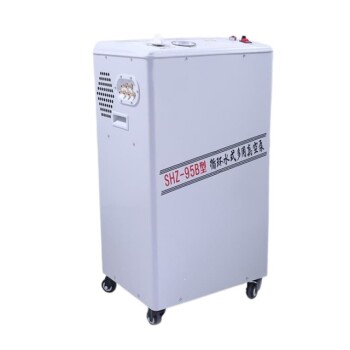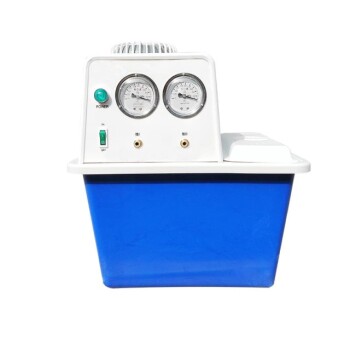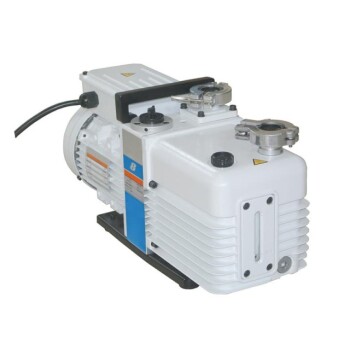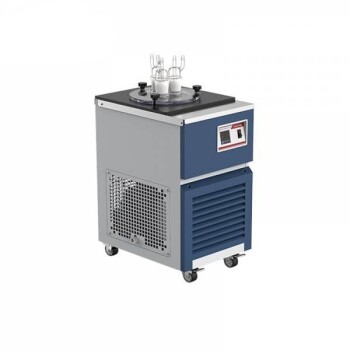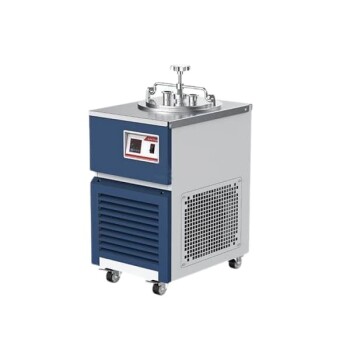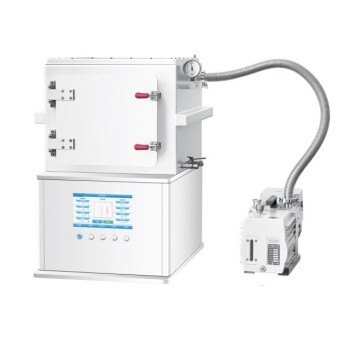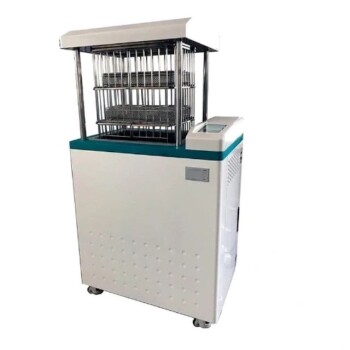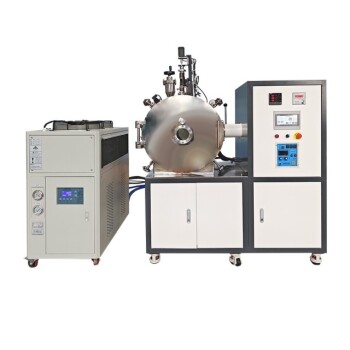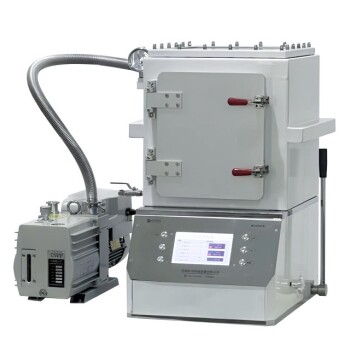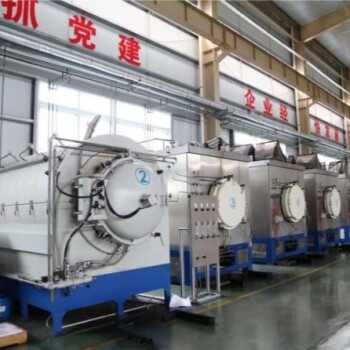A vacuum pump and an air pump serve fundamentally different purposes, and while they may seem similar, their design and functionality are tailored to their specific applications. A vacuum pump is designed to remove gas molecules from a sealed chamber to create a partial or full vacuum, whereas an air pump is designed to compress and move air into a space, increasing pressure. While some vacuum pumps can technically move air, they are not optimized for this purpose and may lack the necessary features, such as pressure regulation or efficient airflow, required for air pump applications. Using a vacuum pump as an air pump could lead to inefficiency, potential damage to the pump, or failure to meet performance requirements. Below, the key differences and considerations are explained in detail.
Key Points Explained:

-
Primary Functionality of Vacuum Pumps vs. Air Pumps:
- Vacuum Pumps: These devices are designed to remove gas molecules from a sealed chamber to create a low-pressure environment (partial or full vacuum). They operate by reducing pressure below atmospheric levels, which is the opposite of what an air pump does.
- Air Pumps: These devices are designed to compress and move air into a space, increasing pressure. They are used in applications like inflating tires, powering pneumatic tools, or aerating water.
-
Design and Operational Differences:
- Vacuum Pumps: They are engineered to handle low-pressure environments and often include features like seals and valves optimized for creating and maintaining a vacuum. Their mechanisms (e.g., rotary vane, diaphragm, or piston) are tailored for extracting gas molecules efficiently.
- Air Pumps: These are designed to handle higher pressures and are equipped with components like compressors and pressure regulators to ensure consistent airflow and pressure output.
-
Performance Limitations:
- Vacuum Pumps as Air Pumps: While some vacuum pumps can technically move air, they are not optimized for this purpose. Their airflow capacity and pressure output may be insufficient for tasks requiring consistent or high-pressure air delivery.
- Efficiency: Using a vacuum pump as an air pump can lead to inefficiency, as the pump may struggle to maintain the required airflow or pressure, leading to increased energy consumption and wear.
-
Potential Risks and Damage:
- Overheating: Vacuum pumps are not designed to handle the continuous high-pressure output required for air pump applications, which could lead to overheating and premature failure.
- Seal and Valve Damage: The seals and valves in vacuum pumps are optimized for low-pressure environments. Using them for high-pressure applications could cause damage or leaks.
-
Applications and Suitability:
- Vacuum Pumps: Ideal for applications requiring a vacuum, such as laboratory experiments, HVAC systems, or industrial processes like degassing or packaging.
- Air Pumps: Better suited for tasks requiring compressed air, such as inflating objects, powering tools, or aerating liquids.
-
Cost and Practicality:
- Cost-Effectiveness: Purchasing a dedicated air pump is often more cost-effective in the long run, as it ensures optimal performance and longevity for air-based tasks.
- Practicality: Attempting to use a vacuum pump as an air pump may require additional modifications or accessories, which can complicate the setup and increase costs.
In conclusion, while a vacuum pump can technically move air, it is not designed or optimized for the tasks typically performed by an air pump. Using a vacuum pump as an air pump may lead to inefficiency, potential damage, and failure to meet performance requirements. For applications requiring compressed air or consistent airflow, it is advisable to use a dedicated air pump to ensure optimal performance and longevity.
Summary Table:
| Feature | Vacuum Pump | Air Pump |
|---|---|---|
| Primary Function | Removes gas molecules to create a vacuum (low-pressure environment). | Compresses and moves air to increase pressure. |
| Design | Optimized for low-pressure environments; includes seals and valves for vacuum. | Designed for higher pressures; includes compressors and pressure regulators. |
| Performance | Not optimized for consistent or high-pressure airflow. | Efficient for consistent airflow and pressure output. |
| Risks | Overheating, seal damage, and inefficiency when used as an air pump. | N/A (dedicated air pumps are designed for high-pressure tasks). |
| Applications | Laboratory experiments, HVAC systems, degassing, packaging. | Inflating tires, powering pneumatic tools, aerating liquids. |
| Cost-Effectiveness | Less cost-effective for air-based tasks. | More cost-effective for air-based tasks in the long run. |
Need help choosing the right pump for your application? Contact our experts today for personalized advice!
